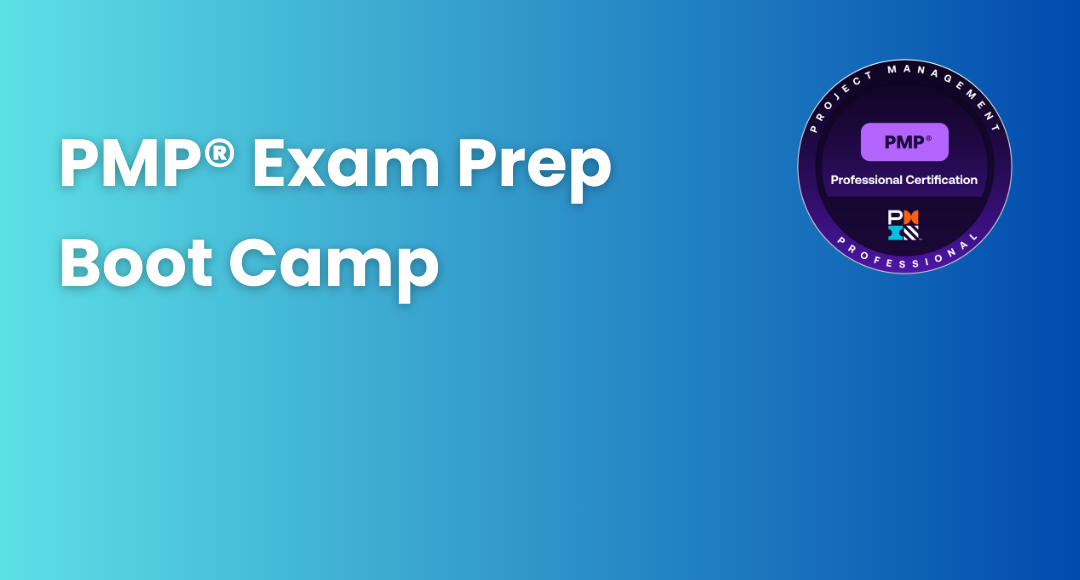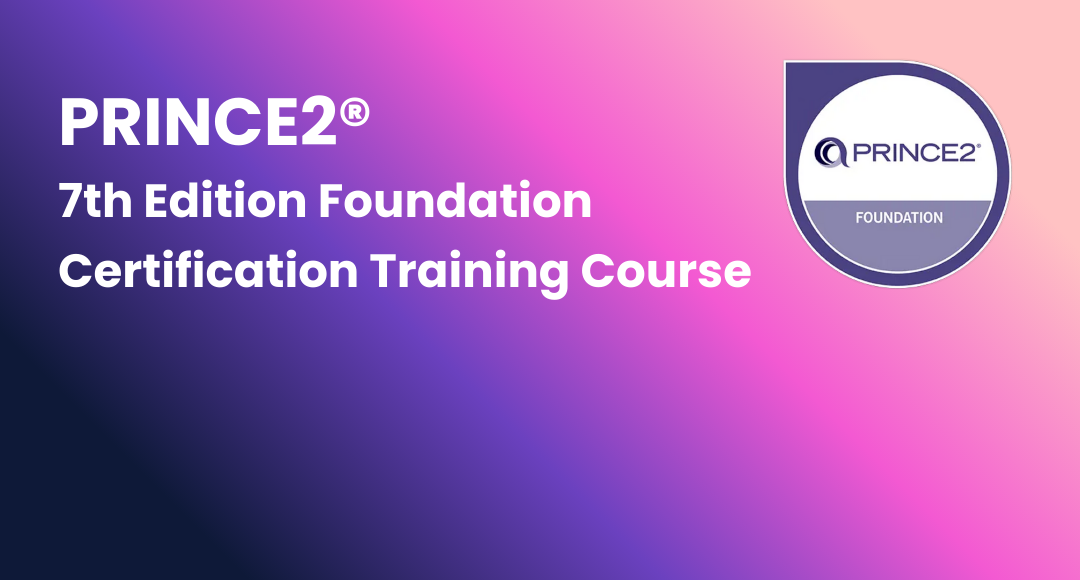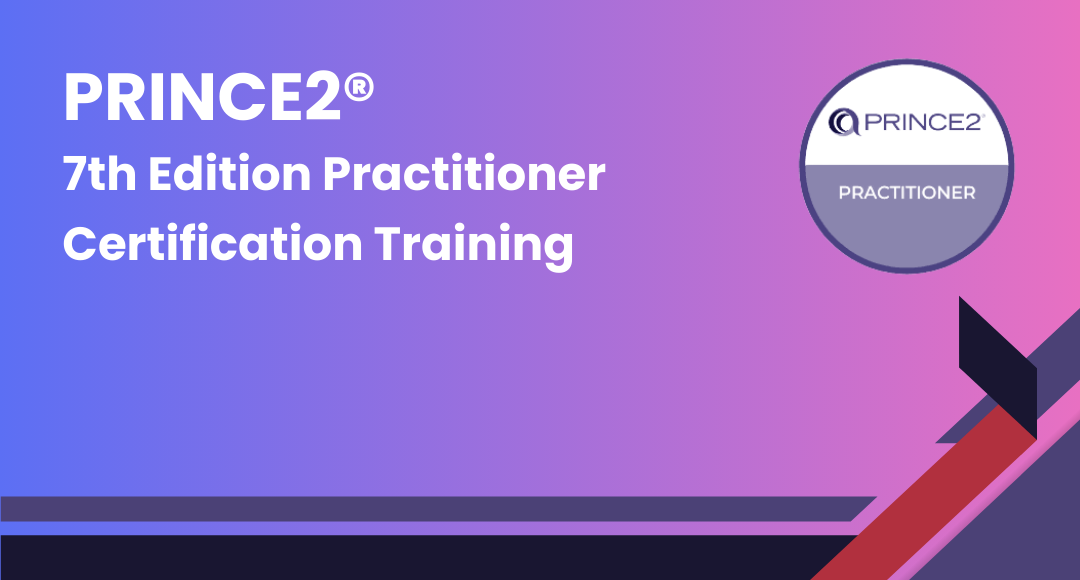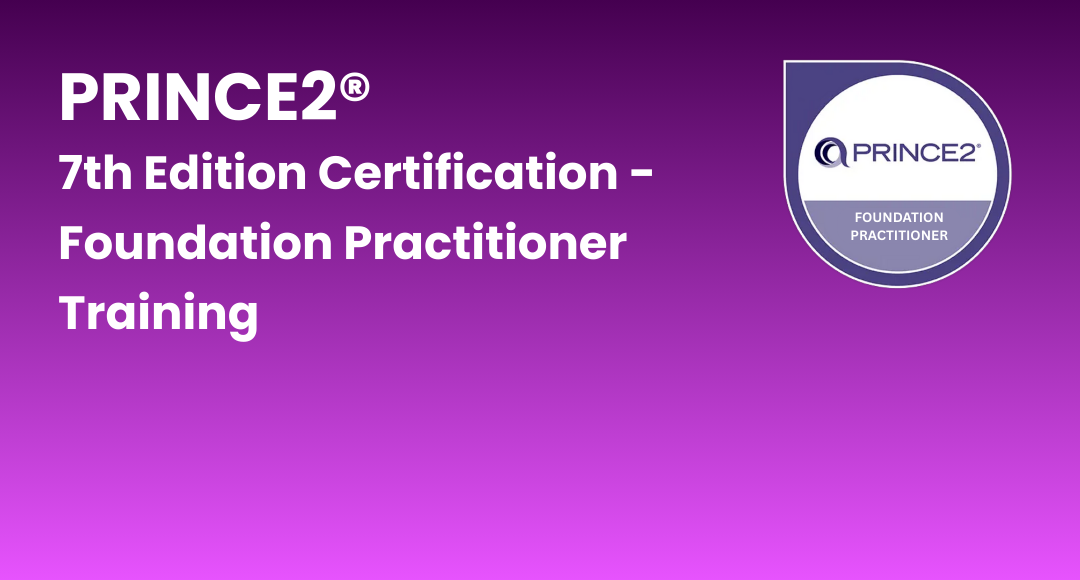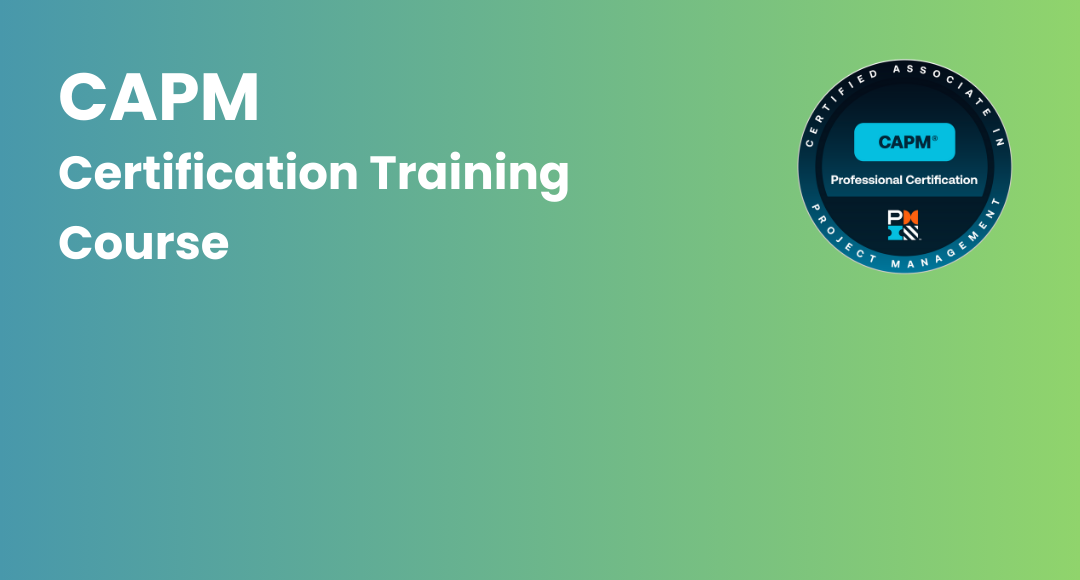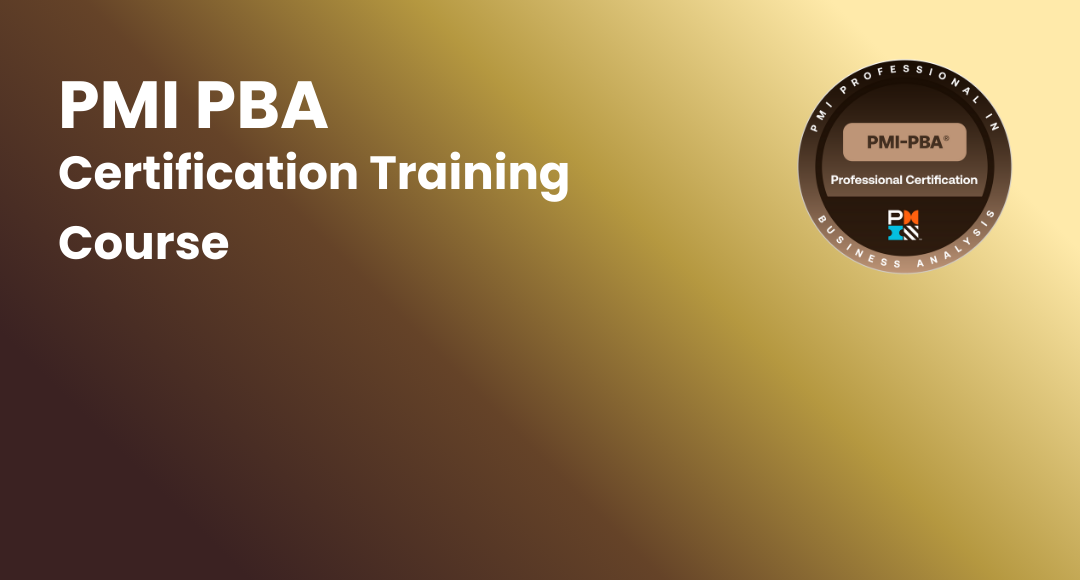Estimate at Completion - Formulae and Calculations
-
 By Nandini
By Nandini - Published on Jun 21 2023

Table of Contents
- Introduction
- Calculate the Estimate at Completion (EAC) In Multiple Ways
- What are the basic assumptions of the estimate to complete?
- Why do Estimates at Completion Matters for the project?
- What are the different formulas for calculating the estimate at completion?
- The Right Process and Tools Can Make a Difference
- Conclusion
Introduction
Do you know what EAC is or what it stands for? Are you wondering how to access the most effective formula related to EAC? Well, right now, you are in the right place. This article can easily provide all the essential information about EAC.
The calculation process helps estimate the project's total cost if we talk about the Estimate at Completion. The main use of EAC is on the project cost estimate at completion that has been started.
There is no doubt that EAC has excellent service in the organisation, as it helps the team member calculate the estimated cost of the project. Estimates at completion in project management play a vital role as the fundamental progress factor relies on it.
Click to read more about Project Management Lifecycle.
We all know it is important to understand the total cost or money spent on the project. It is difficult to calculate the entire cost using standard methods, as the calculations are lengthy. To make the math easy, Estimate at Completion is essential. For that, you must stick to this article until the end to grab all the required processes.
Calculate the Estimate at Completion (EAC) In Multiple Ways
EAC corresponds with the project cost estimate at completion, which estimates the total cost in the planning phase. Considering the total price after completing projects and the BAC is essential based on the assumptions and estimates.
The calculation process is very different, and it requires a lot of skills and experience.
If you are new to these calculations, you need to learn all the steps with project cost estimates at completion before implementing them in your project. It is highly suggested to know all the required steps to proceed with the method of EAC, or we can say estimate the calculations for better results.
What are the basic assumptions of the estimate to complete?
Before going further, it is essential to know that an assumption or estimate on the project's cost and schedule needs to be made. The four critical basic assumptions are the following.
- The first assumptions include the project performing at the budgeted rate. The project must be at the budget level to avoid further loss or damage risks. Make sure to implement these assumptions to secure better results.
- One of the assumptions is an estimate to complete the assumptions.
- The second most important assumptions are the future performance, and it should be in line with the present cost variance with the cost performance index.
- The future of the performance will also be in line with the present cost performance index and their schedule performance index.
Why do Estimates at Completion Matters for the project?
One of the best process areas we frequently use to help our clients, even with establishing the time-phased estimate to complete ETC data, is to create credible estimates at the completion of EACs during the execution phase of a project. This ETC date aims to provide the main realistic plan to complete all the remaining work.
They add all the cumulative costs to the actual date of its cost to all the evaluations to make it complete. They also manifest the total expenditure for all the projects with an approximate project cost estimate at completion.
EAC is used to be compared to the central budget at completion, BAC, even at several levels of its complete details to identify its areas and analyse them.
EAC Relationship to Financial Objectives
The estimate at completion always matters there; it also represents the real money. But there are also some questions about whether the company profits from these contracts. So, you should know that exceeding the price of a contractual target always creates some financial liability for the company.
But, the magnitude of liability should always be noteworthy, which depends on the value and the type of contract.
You may have already seen in many other companies that when the actual price of any company is consistently higher than anticipated, this has a cumulative negative impact on the company's balance sheet. The root, which always causes those negative impacts, then customarily starts in the phase of its proposal.
Just like before, there is still some lack of access in these proposals to all the historical data and all, or it also gets unable to put them together with any perceptible backup data so you can produce the data-driven, verifiable basis of all those estimates, which they have with the quality proposal estimates even continually.
If we talk about any other instances, their companies always choose to price their proposal to easily win the work, even after knowing that they might lose money on the contract, but at least they got a win.
Every company has always made sure to keep the best-case scenario in mind, even if they have a lot of data to dictate quickly if they have any chances to make a significant profit or not, and they decide to take some losses. Still, they also do many calculations to project cost estimates at completion in line with the overall strategy of their business.
When the company is fully prepared to produce proposals, even with the higher quality, data-driven basis of estimates, they also have the foundation to build a realistic and executable budget baseline after the contract award. Suppose they have the best budget plan and provide a more accurate model of its performance and the actual costs incurred.
In that case, this also helps them increase the likelihood of the company's target profit margins and finally meet a project cost estimate at completion.
Check out this course to learn more about such challenging aspects of a Project Manager’s career with a Certified Associate in Project Management (CAPM) Certification Training course.
Creating Credible ETCs and EACs
As you know, producing any data-driven estimate and creating feasible baselines for its budgets always takes some effort. Proposal and project control teams both need this observable process to follow all those supported with the right tools, which also helps them do their jobs more appropriately.
- The most proper way to maintain all the estimates is to complete the visibility provided into their current schedule. Cost factors, emerging risks, and realised resource requirements to make it achieve all the project objectives and meet its financial goals.
All these things help the project manager make timely and informed decisions.
- All these parties should be more aware of any situation where the estimate to complete and the estimate at completion exceed the funding profile. Even the Management needs to be mindful of all kinds of potential impacts on the anticipated profit margin for the project.
What are the different formulas for calculating the estimate at completion?
Now, let's explore more about each estimate at completion. Mainly, the term estimate of calculations refers to the forecasting technique primarily employed to estimate the project's cost after the project.
The best thing about estimating estimates at completion is that it helps measure how much a project may be off track. It also allows the team member to make the most appropriate corrective changes.
Generally, there are four practical ways to quickly calculate the project cost estimate at completion. You can easily use the formula to make your calculations easier. Every unique formula is used for a specific scenario and considers different factors. It is essential to know the entire procedure of project cost estimation at completion in detail, with examples.
Consequently, you don't need to brood here and there, searching for information. You need to read this article to know all the essential formulas.
Formula One
The first basic formula with a project cost estimate at completion is quite challenging for beginners. However, you will learn after some experience. Whenever the future financial performance of the project is expected to be similar to the project's past performance, the estimate at completion can be easily calculated with the help of the cost performance index.
The first formula includes the calculations with the cost performance index, also called CPI. The cost performance index helps indicate how a project is performing regarding costs. The analysis of the cost performance index is to earn value divided by its actual costs.
Earned value is donated by EV, and is the estimated cost at a particular stage in the project. AC denotes the actual costs, and it is considered the essential expenditure of the project at that specific stage. To calculate each, you need to rely on the following formulas:
The formula for the CPI is like this:

It is the first estimate in the completion formula. You can calculate the value by putting the number on the procedure. For that, you need to put the earned value and actual cost together to get the results of the cost performance index. When the assembled value is equal to the actual price, then the calculations of the cost performance index will be similar to 1.
It means that the project is on track, as it should be. If we talk about the budget at completion, it is considered the original budget estimate created at the start of the project. The formula assumes that the future of any specific project's financial performance will be the same as the project's past performance.
It will give you a rough idea of the budgeting process to ensure changes or progress on the project. The project's progress will directly show a positive impact on the organisation's growth.
Now it is essential to know the accurate formula for the estimate at completion, which is calculated as the budget at completion calculation divided by the cost performance index.
The formula for the calculations of Estimate at Completion is as follows:

For example: when project A has an estimated budget of around $100000 and the cost performance index is 0.8. The project manager believes that the project's past performance will also mirror the future performance.
Here are the calculations:
Estimate at completion = Budget at completion (BAC) / Cost performance index (CPI)
Estimate at completion = $100,000 / 0.8 = $125,000
Consequently, the estimate at completion would be $125,000.
Formula Two
Now let's talk about the second most preferred formula for calculating estimates after project management. You can use formula number two when the project goes off track due to any reason or aspect. The main objective of Formula 2 is to give an accurate report regarding the project going off track.
This formula helps calculate the estimate at completion, or EAC, by adding the actual cost to the difference between the budget at completion and its earned value. This formula assumes that the rest of the project will follow the process as planned. Formula 2 to calculate EAC is like the following:

You can use this formula for the calculation of estimates at completion. For that, you need to put the value of the actual cost and budget at completion. It is also essential to know the earned value to complete the calculations. Put the value in to know the results.
Example: Suppose project B went off track somehow on any specific task. The reasons can be multiple. However, project Y has a budget at completion of around $100,000, and its earned value is approximately $30,000. After that, the actual cost was found to be $35,000. The rest of the tasks are expected to be on track with the original budget.
Here are the calculations:
Estimate at completion (EAC) = Actual cost (AC) + (Budget at completion (BAC) - Earned value (EV))
Estimate at completion (EAC) = $35,000 + ($100,000 - $30,000) = $105,000
Consequently, the estimate at completion would be $105,000.
Formula Three
If we talk about the estimate to completion formula 3, it is pretty easy for the calculations. Even a beginner can easily use this formula to calculate the expected results. There is no hidden fact that a project can be behind schedule and over budget at certain times. There may be some specific or uncommon reasons.
However, logic doesn't matter. We have to see the calculations of the estimate at completion. Cost and schedule will be considered in these instances while the estimate calculations are completed. It will help get better information to make progress next time on the project.
To begin with formula 3, it is essential to include a schedule performance index, denoted by SPI. The schedule performance index mainly indicates how behind your project is or how ahead a project is compared to the planned schedule.
The value of the schedule performance index can be calculated by dividing the earned value by the intended value. PV denotes the intended value, and it is the actual value of the work that has been done on the given schedule. The formula for the calculations of the schedule performance index, or SPI, is as follows:

Though the formula is straightforward, you must know the accurate earned and planned values to get the exact schedule performance index. The value of the schedule performance index will give you brief ideas about the project's deadline and the progress level.
It is essential to use these calculations to get better results. You will fix the work done according to the schedule to increase productivity. Estimate at completion calculator will give you accurate results and value.
The Right Process and Tools Can Make a Difference
That is where the proper interaction, techniques, and devices can help proposition groups and undertaking control groups make the best choice. A past blog, Benefits of an End-to-End Solution for Proposal and Earned Value Management strolls through the method of delivering an information-driven quote, rapidly laying out the financial plan benchmark after agreement grant, effectively progressing to the execution stage, and overseeing gauge changes.
Keeping up with the gauge of the project cost estimate at completion to finish information is similarly significant to making that underlying spending plan information. Try to keep it as simple as possible.
Keeping up with the ETC should be a standard piece of the status and investigation cycle to guarantee the staged ETC information mirrors the current timetable, updates to asset tasks, activities executed to deal with chances, and endorsed changes.
It helps the undertaking administrator since they have undeniable, detailed source information for the work components. They can then survey different elements affecting the task level gauge at the finish, like changes in upward rates.
Conclusion
The main objective of the EAC is to take incurred costs and earned value into account. Additionally, this observed value is added to the estimated amount of the expected work or the cost requirements to complete the entire project.
It additionally assists with forestalling unsavoury monetary threats for upper-level administration. The executives can regularly work out the benefits and misfortunes of the venture with reliable information or arrange activities.
Even complex calculations like EAC are all in a day’s work for a project manager, and if you are someone driven by challenges, take a look at PMI certification training courses from Sprintzeal.
Subscribe to our Newsletters
Popular Programs
CAPM® Certified Associate Project Management
Live Virtual Training
- 4.4 (962 + Ratings)
- 12k + Learners
Trending Posts
PMP Certification Cost Details
Last updated on Jul 29 2022
Career Path for Program Manager - Strategic Navigation for Professional Growth
Last updated on Feb 21 2025
Project Management Tips - Best of 2026
Last updated on Jul 23 2024
Kanban Methodology in Project Management – A Complete Guide
Last updated on Jun 20 2024
Top Project Manager Qualifications and Career Path in 2026
Last updated on Mar 6 2024
How Microsoft Balances Innovation and Project Management?
Last updated on Dec 23 2024
Categories
- Other 69
- Agile Management 45
- Cloud Computing 56
- Project Management 172
- Big Data 66
- Business Management 88
- Digital Marketing 78
- IT Service Management 29
- Programming Language 58
- AI and Machine Learning 76
- IT Security 112
- Quality Management 78
- IT Hardware and Networking 25
- Microsoft Program 4
- Workplace Skill Building 13
- Risk Management 9
- Information Security 8
- Leadership and Management 9
- Corporate Training and Development 1
Trending Now
Issue Log in Project Management - Uses and Importance
ArticleSupply Chain Response And The Factors Involved In It
ArticleBest Agile tools for Project Managers in 2026
ArticlePMI-PMP® Exam Changes Explained in 5 Minutes
ebookProject Initiation Phase - Importance and Roles Involved
ArticleDelphi Technique and Its Role in Project Management
ArticlePMBOK Guide and Project Management Certification Updates 2026
ArticleHow to Use Google Calendar as a Project Management Tool
ebook10 Reasons Why You Should Get PRINCE2 Certification
ArticleCAPM Cheat Sheet 2026
ArticleCAPM Certification Study Guide
ArticleCAPM Certification Exam Preparation Guide 2026
ArticleTop Benefits of CAPM Certifications
ArticleGuide to Advancing Project Management Career with PMP Certification
ArticlePMP Vs PRINCE2 - Which Project Management Certification is Better?
ebookProject Management Interview Questions and Answers for Managers
ArticleProject Management Software to Use in 2026
ebookBest project management certifications in 2026
ArticleProject Feasibility Study in Seven Steps
ArticleCAPM vs PMP – Which Project Management Certification Is Better?
ArticleProject Scope Management Guide 2026
ArticleProject Management Complete Guide 2026
ArticleCAPM Exam – Difficulty, Details and Preparation Tips
ArticleWhat is Project Management?
ArticleIs it worth getting the CAPM certification?
ArticleIs PMP Better than MBA?
ebookWhat is PMI ACP certification?
ArticleIs PMP exam difficult?
ArticleIs PMI ACP worth it?
ArticlePMP or CAPM – which is better?
ArticleWhat is pass percentage for the CAPM exam?
ArticlePMP or PMI ACP – which certification should you get?
ArticlePMP Certification Cost Details
ArticleHow to get PMP certification - Guide 2026
ArticleHow to create an effective project plan
ArticleTop Project Manager Interview Questions and Answers 2026
ArticleGuide to Change Management for Organizational Transformation
ArticleResource Manager Interview Questions and Answers 2026
ArticleTop Project Manager Qualifications and Career Path in 2026
ArticleNetwork Diagram - Types, Topology and Use in Project Management
ArticleProject Management Life Cycle and Its Phases
ArticleGuide to Project Management Processes, Methodologies and Lifecycles
ArticleProcess Capability Analysis Explained
ArticleFinancial Risk and Its Types
ArticleConstruction Project Management - Roles, Stages and Benefits
ArticleRisk Management Strategies in Project Management
ArticleProject Management Principles - 12 Essentials
ArticleProject Management Framework Guide
ArticleStrategic Management Guide 2026
ArticleProject Management Books List - Best of 2026
ArticleProject Documentation and Its Importance
ebookProject Management Tips - Best of 2026
ArticleProject Management Apps Best of 2026
ArticleDigital Project Manager – Skills, Salary, and Scope
ArticleProject Communication Plan – How to Create and Use
ArticleEarned Value Management and Its Significance
ArticlePlanning Poker Estimation Technique
ArticleProject Management vs Product Management
ArticleProject Crashing in Project Management
ArticleProject Controlling and its Importance in Project Management
ArticleProject Report and its Significance in Project Management
ArticleProject Cost Management Guide 2026
ArticleProduct Lifecycle Management
ArticleProject Portfolio Management Guide
ArticleProgram Manager vs Project Manager - Comparison of Roles and Careers
ArticleWBS Dictionary - A Beginner's Guide
ArticleStakeholder Analysis and Stakeholder Management Guide
ArticleProject Management Phases Explained
ArticleProject Management Knowledge Areas
ebookLeadership Theories for Managers
ebookPMP Pass Rate in 2026 - Guide to Clear the PMP Exam
ebookProject Schedule Management Guide for Beginners
ebookProject Integration Management Guide
ArticleProject Risk Management Guide
ArticleProject Resource Management Guide
ArticleProject Quality Management Guide
ArticleProject Procurement Management Guide
ArticleProject Deliverables in Project Management
ebookConflict Resolution in Project Management
ebookPERT vs CPM in Project Management
ebookGantt Charts - The Ultimate Guide
ebookWork Breakdown Structure in Project Management
ebookTop Gantt Chart Makers in 2026
ebookGantt Chart Tools - Best of 2026
ebookHow to create a work breakdown structure
ebookProject Manager Resume Guide – Best Tips and Examples
ebookProduct Management Frameworks - The Ultimate Guide 2026
ebookProduct Planning - A Beginner's Guide
ebookWhat is Product Management? - A Beginner's Guide
ebookGuide to Project Stakeholder Management
ebookPMP® Certification Salary: Job and Salary Scope in 2026
ebookTop Project Engineer Skills
ebookGuide to Technical Project Management
ebookTop 10 project management competencies
ebookNegotiation in Project Management: The Utimate Guide
ebookTime Management in Project Management - Steps to Implement it
ebookTop Program Manager Skills of Successful Program Managers
ebookA Brief Guide to Conflict Management Approaches
ebookWhat is a Risk Management Plan? A Comprehensive Guide
ebookWorkflow Diagram - Steps to Create, Symbols, Types, and Uses
ebookBest Practices to Measure Resource Utilization
ebookWorkload Management: How to Optimize Your Team’s Workload?
ebookWhat is Project Execution? A Comprehensive Guide
ebookProject vs Program Management: Key Differences
ebookKanban Methodology in Project Management – A Complete Guide
ebookHybrid Project Management Guide 2026
ebookProject Characteristics: Key Elements in a Project
ebookThe Ultimate Guide to the Waterfall Methodology in Project Management
ebookProject Budget: Definition, Overview & How to Create One
ebookThe Ultimate Project Kickoff Meeting Guide
ebookProject Timeline: How to Build One, Definitions, and Examples
ebookProject Scope Statement: How to Write One With Example
ebookStatement of Work in Project Management Guide 2026
ebookProject Management in Product Development : Essential Role
ebook10 Best Change Management Tools to Use
ebookMastering Resource Scheduling to Unlock Project Success
ebookProject Risk Analysis: Tools, Templates & Best Practices
ebookHow to Write a Project Summary: Four Easy Steps
ebookTop Leadership Skills: Mastering the Art of Effective Leadership
ebookHow to Write a Project Descriptions: A Step-by-Step Guide
ebookWhat is Project Monitoring? A Comprehensive Guide
ebookWhat Are Project Fundamentals? A Quick Guide
ebookKanban Board: A Detailed Guide to Understanding and Usage
ebook10 Effective Management Styles for Leaders (With Real-Life Examples)
ebookProduct Manager Career Path: What to Expect
ArticleCareer Path for Program Manager - Strategic Navigation for Professional Growth
ebookExploring Career Path for Product Owner
ebookAn Ultimate Guide to Project Coordinator Career Paths
ebookHow to Become an ISO 21502 Lead Project Manager
ArticleWhat are the Basics of ISO 21502 Foundation? A Brief Guide
ebookThe Role and Responsibilities of an ISO 20400 Lead Manager
ArticleEnergy Saving Standards and ISO 50001 Best Practices
ebookComparing Different ISO Certifications for Project and Energy Management
ebookGuide to ISO Certifications for Effective Project and Energy Management
ArticleWhy ISO 50001 is the Perfect Match for Energy Efficiency?
ArticleAI Tools for Project Managers: A Game Changer for Project Success
ArticleAbout Disney’s Project Management: Where Magic Gets Real
ArticleMcDonald's Recipe to Success - A Perfect Project Management Case Study
ArticleToyota’s Project Management: A Road to Greatness and Innovation
ArticleNetflix's Binge-Worthy Project Management
ebookUnder Armour’s Project Management Approach
ArticleWipro Project Management: Core Lessons from Tech Giant
ArticleProject Management at Google: Tools and Success Stories
ArticleCoca-Cola Project Management Strategy and Key Insights
ArticleAI in Project Management: Transforming the Future of Work
ArticleBehind the Scenes: How Apple Executes Projects with Flawless Precision
ArticleTesla's Advanced Project Management: Accelerating the Future
ArticleBeats to Business: Spotify's Project Management to Redefine Music
ArticleTop AI Project Management Software to Elevate Your Workflow
ArticleProject Management Office: Step-by-Step Guide to Start a PMO
ArticleWhat is a Project Management Information System?
ArticleHow Microsoft Balances Innovation and Project Management?
ArticleWhat is Agile Project Management? A Beginners Guide
ArticleIKEA Project Management: What to Learn and Stay Competitive
ArticleHow Did Nike Become a Global Leader?
ArticleIntel's Master Project Management Formula
ArticleSamsung Pioneer in Project Management: The Secret Behind It
ArticleAmazon Logistics Strategies That Dominate Retail
ArticleRemote Project Management Success: Key Strategies and Career Opportunities
ArticleStreamlining Workflows: The Best Digital Tools for Professionals
ArticleUnderstanding the Financial Risks in Sponsorships and How to Avoid Them
Article3 Real Disasters That Teach Critical Project Risk Planning Lessons
ArticleInterview scheduling automation: Streamlining the candidate experience
Article3 Quality Gaps That Can Ruin Your Project Outcomes
ArticleBest 4 Construction Drawing Management Tools to Boost On-Site Efficiency
ArticleEssential Jira Interview Questions for 2026
ArticleProduct Development Cycles That Keep Innovation on Schedule
ArticleSmarter Projects with AI
ArticleLegal Project Management for PMs: A Practical Starter Guide
ArticleProject Manager Job Description: Roles, Responsibilities, and Skills
ArticleProduct Analyst Job Description – Key Duties and Career Path
Article
